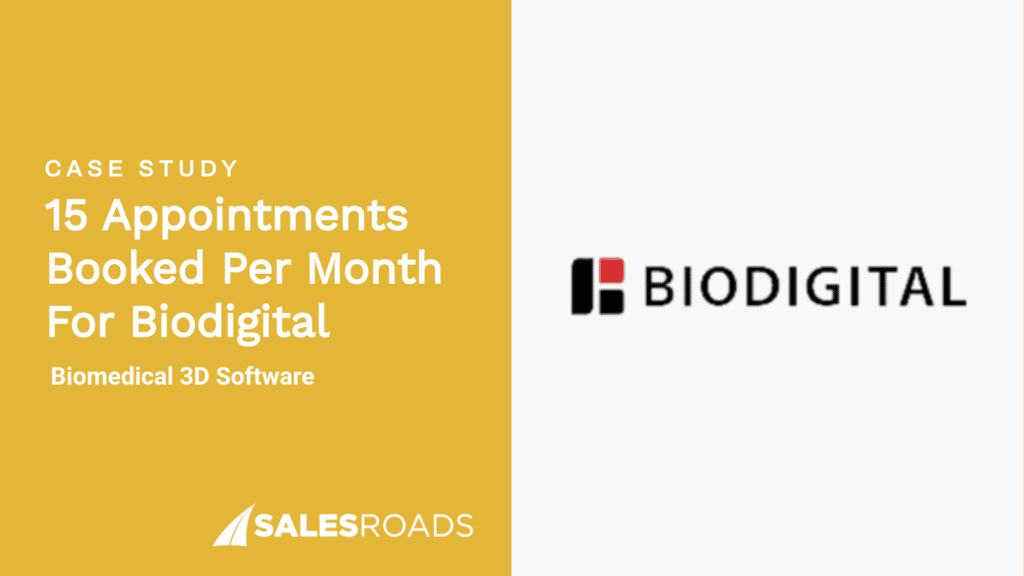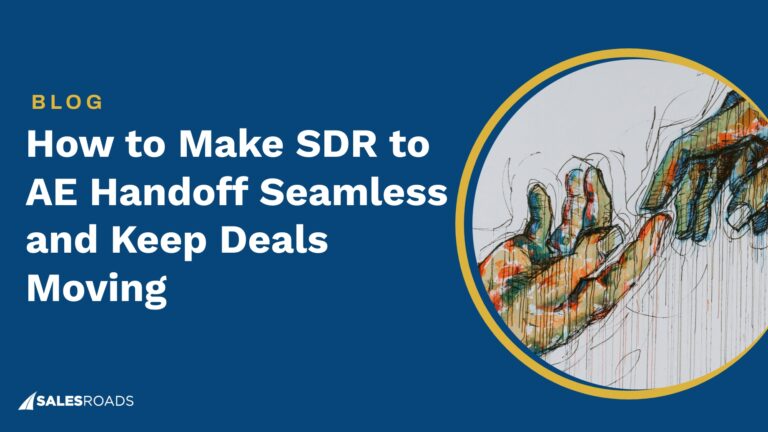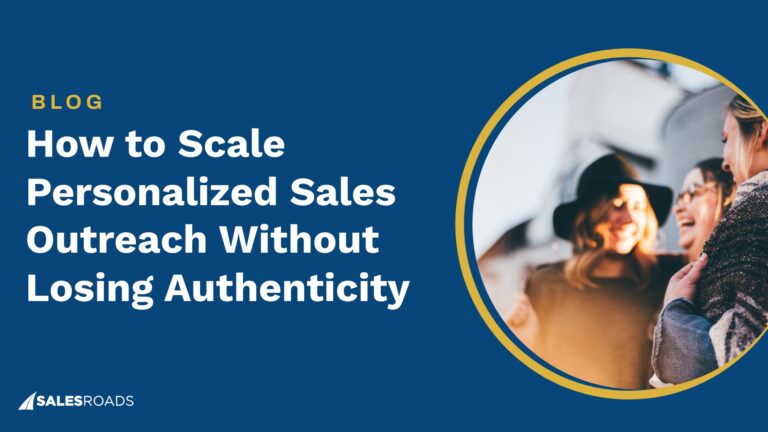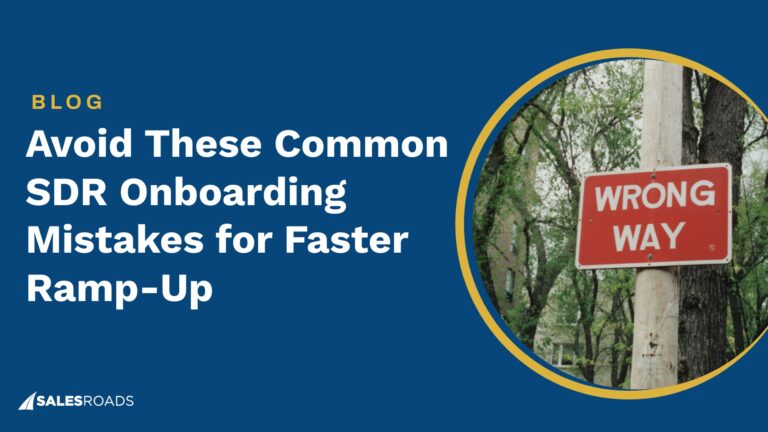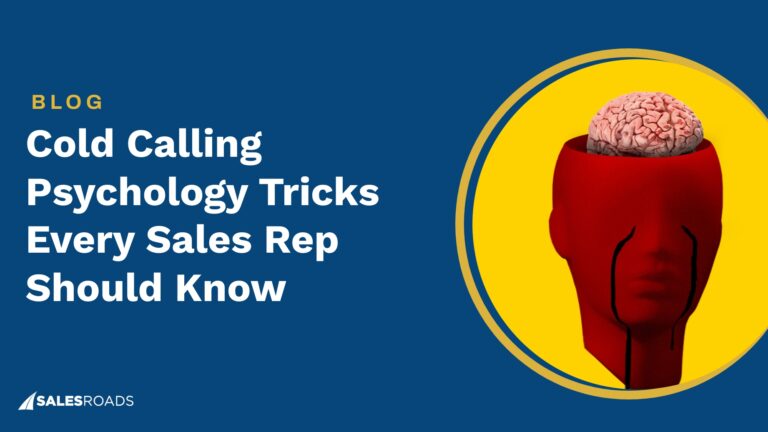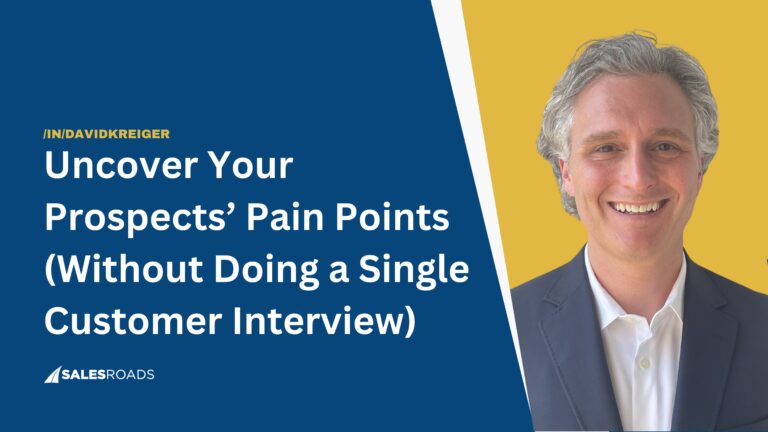I’ve worked with enough founders to know this pattern: founder-led sales help them close their first 20 customers, but can’t scale across hundreds. And yet, they hesitate to shift gears. They either wait too long or hand things off too early, and both mistakes hurt growth.
So, how do you shift from reactive, founder-driven selling to a scalable outbound engine?
Here’s what I have to say:
When (and How) to Move Beyond Founder-Led Sales
Founder-led sales isn’t a forever strategy. It’s a proving ground. But knowing when to move on is where most founders get stuck.
Signs it’s time to scale outbound:
- You’re maxed out on sales hours, but growth is slowing.
- New leads come from referrals or inbound, but pipeline feels unpredictable.
- Deals still hinge on your personal involvement to close.
Waiting too long means stagnation. But moving too early before your process is nailed creates confusion. I’ve seen founders hire SDRs before they’ve figured out what messaging even works.
Treat founder-led sales as R&D. Once you’ve validated who buys, why they buy, and how you win deals, then you’re ready to build something bigger than yourself.
The Foundations of Scalable Outbound
Outbound doesn’t fail because of bad reps. It fails because founders skip the prep work.
Before you hire anyone, you need three things locked in:
- Messaging: Not generic pitch decks. Real, tested talk tracks. What problem do you solve? Why now? What’s the real value for your ICP? Your reps shouldn’t be guessing this.
- Targeting: Who are you selling to, and equally important, who are you not? Focus beats volume. Spray-and-pray kills early-stage outbound faster than anything else.
- Channels: Are you using email? LinkedIn? Cold calls? What’s your primary channel, and how does it reflect your buyers’ preferences? Multichannel outreach is fine, but early-stage companies need a clear outbound focus.
Once your foundation is in place, building a repeatable outbound motion comes down to turning those elements into a system your team can run consistently.
Create a structured process where every outbound touchpoint is intentional, targeted, and trackable. Start simple. Use your validated messaging to build your first sequences, then define clear activity expectations. Monitor what’s converting and refine as you go. Every adjustment, every insight, document it.
What makes it scalable isn’t the volume of outreach, but the consistency of process, the quality of your targeting, and your ability to optimize. That’s how you turn founder insight into a motion your reps can own.
How to Avoid Early-Stage Outbound Failure
Most outbound strategies fail in the early days, not because outbound “doesn’t work,” but because founders disappear.
When you hire your first rep, there’s a mindset shift: you’re not exiting sales, you’re shifting into enablement. Founders who step too far back lose critical insight.
You should stay connected without micromanaging:
- Sit in on early calls, not to sell, but to listen.
- Review messaging weekly. What’s landing? What’s getting ignored?
- Treat outbound as an experiment. Optimize as you go.
The goal isn’t to clone yourself. It’s to transfer your insight into a system that others can run.
Your reps should bring scale, but you bring the signal. Keep that feedback loop tight.
Final Thoughts
Founder-led sales is a superpower, but also a ceiling. At some point, doing more of what worked early on won’t unlock growth.
Scaling outbound doesn’t mean losing your voice; it means operationalizing it.
Build your outbound engine before you burn out.
Explore Further: Recommended Resources
If you’re interested in going deeper on this, I recommend watching the webinar I had with Tim Condon, CRO of Clutch.
I shared my perspective on how founders should approach building their first sales team, starting with founder-led sales, growing methodically (not reactively), and knowing when to shift gears without losing what makes your early sales work.
You can watch it here:


